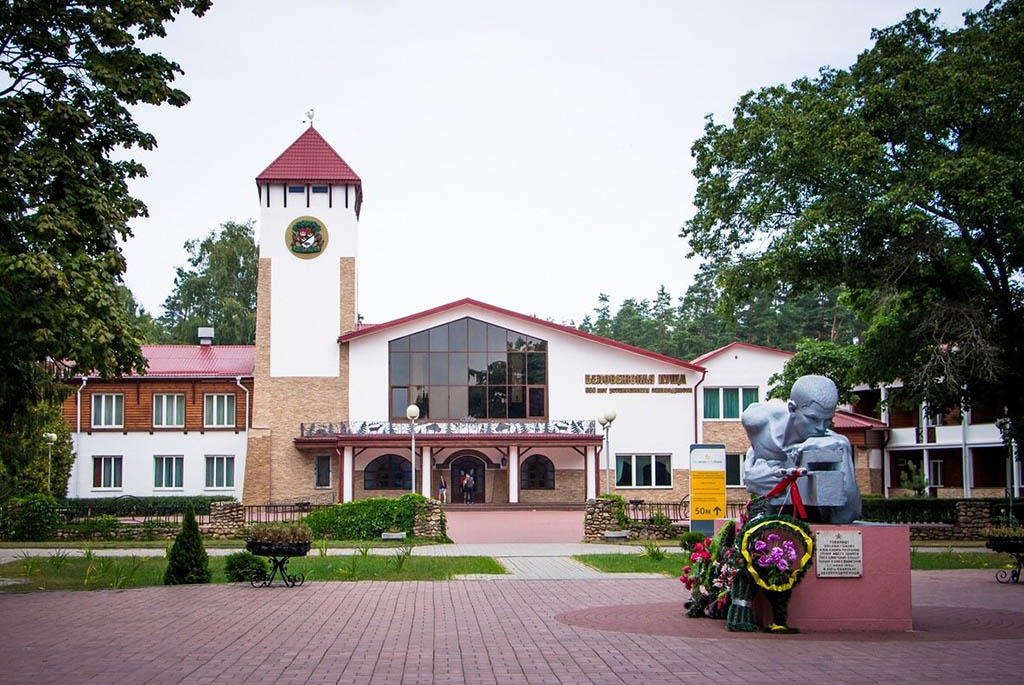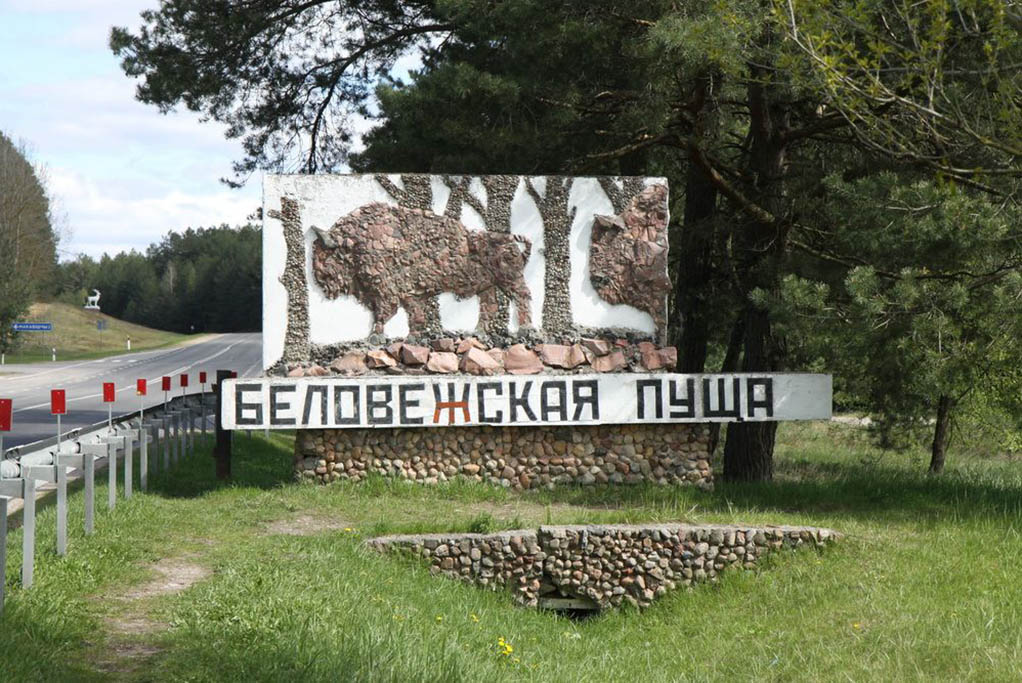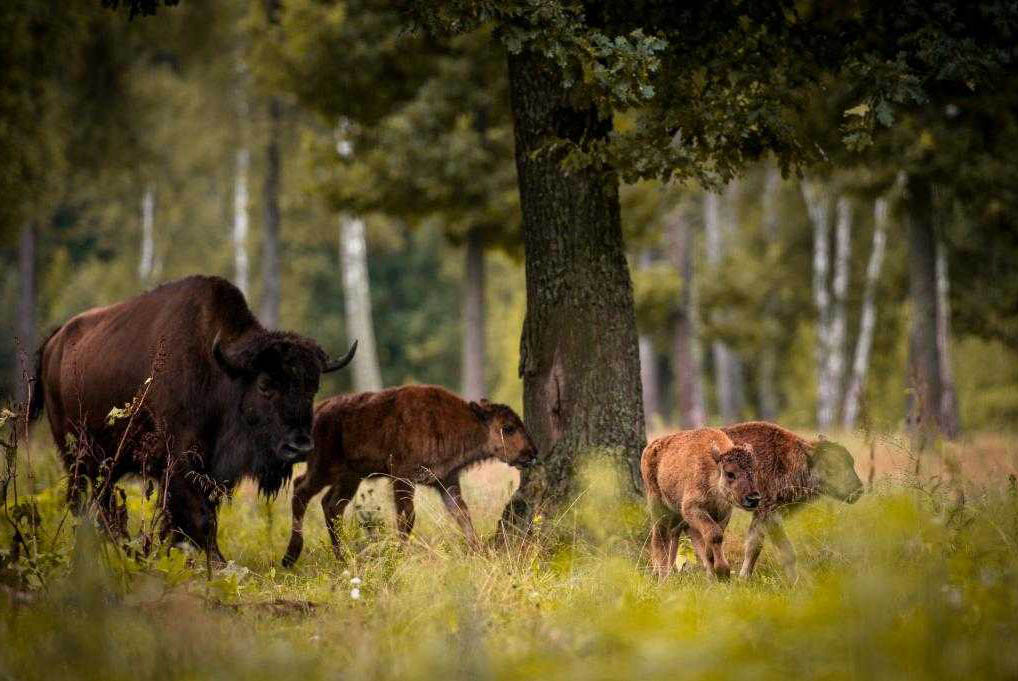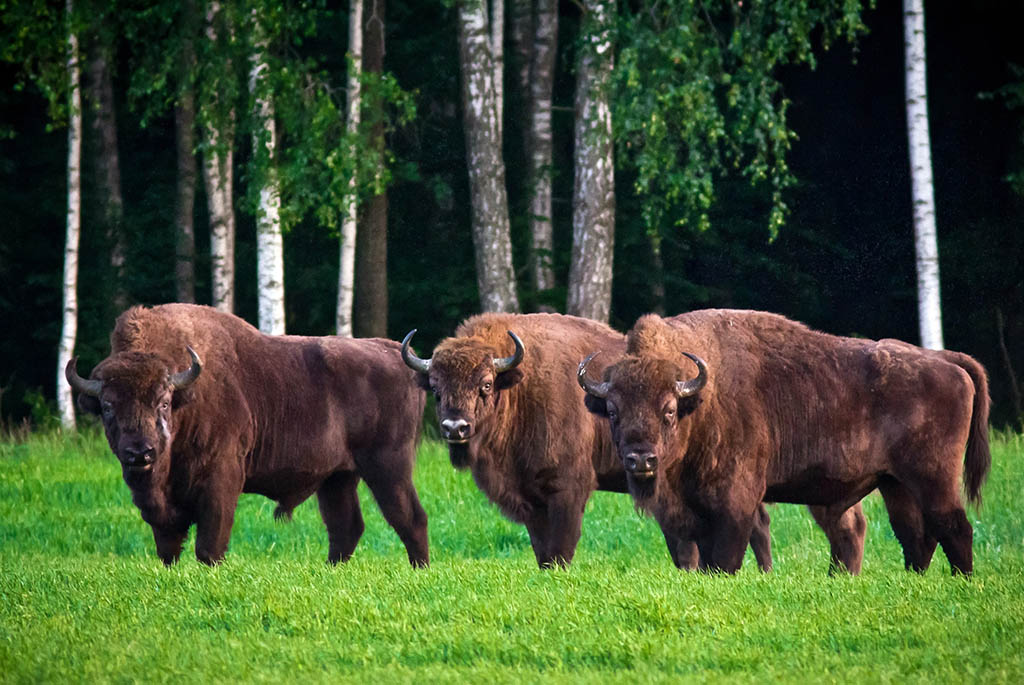History of an ancient forest
The first mentions of primeval forests located in this region date back to the 5th century B.C. Information about the tribes that lived on the edge of the ancient forests is also contained in the Ipatiev Chronicle. For centuries, the forest was a favorite hunting ground of the princes and local nobility. Deer, wild boars, roe deer, aurochs and bison lived there. In the 14th century, Grand Duke Jagaila of the Grand Duchy of Lithuania proclaimed the forest a protected area and forbade hunting there. And at the end of the 16th century, a decree prohibiting tree felling was issued.
At the end of the 18th century, the Pushcha's territory became part of the Russian Empire. Catherine II repeals the decree banning hunting, allowing all kinds of animals except bison to be hunted. The actions of the hunters turned out to be devastating for many species of animals. Some populations were greatly reduced, beavers and bears were exterminated completely. The war with Napoleon and the great fire that occurred in the early 19th century also caused great damage to the forest area.

Emperor Alexander II was concerned about the preservation of natural resources and reintroduced restrictions on hunting, and helped restore the population of some mammal species.
By the end of the 19th century, thanks to the cooperation of the royal family, the forest was replenished with animals. A residence was built on the forest territory for royal leisure, and the members of the ruling family and their entourage would come here to hunt.
During World War I, the forest was under German occupation. The Germans ruthlessly cut down valuable forest species and exported them to Germany. After these lands became part of the USSR, Belovezhskaya Pushcha was declared a state nature reserve. World War II interrupted efforts to protect the flora and fauna of the protected area.

After the war, the territory was divided between Poland and the BSSR. The reserve continued to function. Scientific activities were carried out here, work was done to increase the bison population and to preserve the ecosystem.
After our country gained independence in 1991, Belovezhskaya Pushcha was given the status of a "State National Park". It is also included in the list of UNESCO World Heritage Sites, which confirms the uniqueness and biological significance of the reserve for Europe and the rest of the world. Today, the forest is home to a huge number of plants, including rare and endangered species. There are also more than 250 species of birds and about 60 species of animals. Every year the reserve is visited by many tourists from Belarus and other countries.

What can a tourist see in Belovezhskaya Pushcha?
- Nature Museum. Expositions of the museum will acquaint visitors with the history of Belovezhskaya Pushcha and its rich ecosystem. For maximum immersion into the atmosphere of wild nature, visitors during their walk through the museum halls are accompanied by natural sounds of the forest - rustling of trees, birdsong, the sound of rain.
- Mini zoo with wild animals. The zoo enclosures contain both habitual forest inhabitants - lynxes, wolves, wild boars, foxes, and imported representatives of fauna - raccoon dogs, ostriches, European deer. There is also a nursery of the bison, animals which are considered the symbol of Belovezhskaya Pushcha. The nursery houses more than 1,000 animals.
- Archaeological Museum. In the unique open-air museum guests of the national park can get acquainted with the period of Belarusian history from the Stone Age to the early Middle Ages. Settlements of the Stone, Iron, Bronze Ages and the early Middle Ages are recreated on the territory of the museum. Ancient cult constructions, household objects, residential buildings are demonstrated here, which give a complete picture of the life of our distant ancestors.
- Museum of folk life and ancient technology. The museum displays interiors, furniture and household items of the XIX century - working tools, equipment for fishing and hunting, cooking utensils, tools for various crafts.
- Residence of Santa Claus. The wizard's residence is open all year round. On the territory of the fairy estate there are carved wooden houses, a mill, sculptures of fairy tale characters. Visitors can interact with Ded Moroz himself, make wishes, dance around the ornate Christmas tree, and take a ride on the New Year train.
- Hiking and biking tours. Visitors to the reserve have a unique opportunity to explore the atmospheric trails running through the ancient forest, meet wild boars, roe deer, deer, see with their own eyes two-hundred-year-old pines, six-hundred-year-old oaks and other centuries-old trees. There are several specially designed hiking and biking eco-routes in the forest. Bicycles can be rented at the entrance to the reserve.

It is impossible to see all the tourist attractions that the National Park Belovezhskaya Pushcha offers visitors in one day. You can come here for a few days, staying in a hotel complex, one of the guest houses or renting a place for a tent.
You can visit Belovezhskaya Pushcha on your own or as part of excursion tours. To get to the national park from Minsk by car, you need to take the M1 highway to the turn to Zhabinka, then navigate to the village of Kamenyuki. From Brest to Belovezhskaya Pushcha several times a day there are buses.